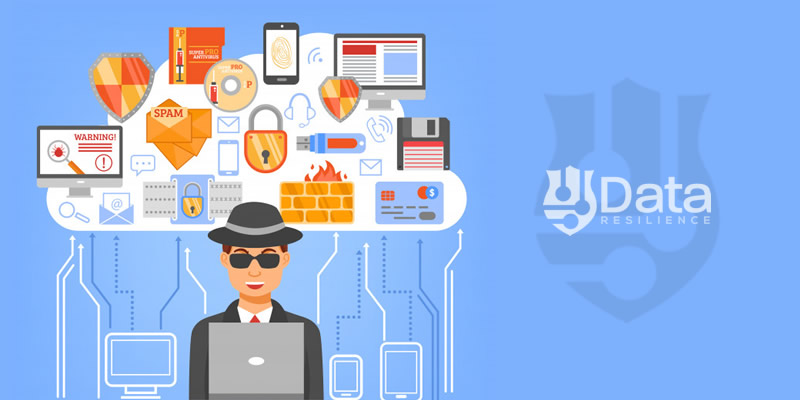Cybercrime has become an industry, just like other businesses. Cybercriminals are consistently seeking new ways to increase revenue, minimization of cost, and risks. A decade back all the applications used to run through the physical servers that were deployed and managed by IT organizations in various data centers.
But today, the scenario is quite different. The IT sector is moving headlong into the latest cloud-native infrastructures. Moreover, the IT managers and the supporting staff are getting a grip on how to cope with a radically different infrastructure environment.
Basically, the cloud-native infrastructures are used to build and run a wide range of applications in a runtime environment. The infrastructure supports the underlying operating system along with security, scalability, fault-tolerance, backups, and various other components. These useful components are extracted and managed by the cloud infrastructure provider.
The most important point to consider is that the infrastructure and its environment configuration is accomplished by using APIs and declarative interfaces. This will help in providing remarkable opportunities for automation and agility.
What Do You Mean By Native Cloud Applications?
Native cloud applications are basically designed for smooth deployment and operation in the cloud environment. It consists of a wide range of small independent microservices that make use of the services provided by cloud and other third-party partners vis API. This helps in leveraging the cloud with automated stability, scaling, and above all recovery. While building native cloud applications, the developers have to be meticulous in implementing the infrastructure. The proper design of the infrastructure will optimize how the cloud scales
Native Cloud Threats:
The native cloud threats or breach occurs when the hackers or cyber attackers gain access to the cloud’s data resources (customers as well as the client’s confidential data), locate the important data, and then steal or mishandle the data. Native cloud data threats and data breaches are quite different from the on-premises data breaches. In the case of on-premises data breaches, cyber attackers attack the target data centers, secured networks, and devices.
Role Of Infrastructure
Significance Of Infrastructure:
The native cloud feature is required because it becomes extremely difficult to run the cloud-based applications in a non-cloud-native environment. Generally, the native cloud infrastructure provides lightweight, low footprint, abstracted, networking as well as distributed computing. Organizations that are opting for native cloud services can access the fundamental elements of the infrastructure such as storage and database.
Provide Support To Native Cloud Applications:
The native cloud infrastructure is capable of incorporating various design principles that are effective in handling and hosting a wide range of native cloud applications.
Leveraging Native Cloud Applications:
Various components of native cloud infrastructure are helpful in identity and access management, backup, replication, and providing storage. With the help of properly designed infrastructure, it is possible to protect the information or data that is stored, accessed, or shared in the cloud from native cloud threats. Moreover, Identity and Access Management (IAM) provides protection to the Native cloud threats by sealing the data which can be accessed only after authentication and verification of the user.
Enabling Centralized Security System:
The Native cloud infrastructure centralizes the protection of the data and information. Through the centralized system, it becomes easy to manage the network of several devices and endpoints. The monitoring of the entire system is streamlined. It also assists in providing data recovery plans which are useful in the situation of data breaching or cyber theft.
Reliability of The Infrastructure:
The infrastructure of the native cloud offers complete reliability that is provided by the right cloud security strategy, maintaining protection while accessing the data or applications. It is essential to understand that because of a secure infrastructure, organizations have complete confidence in their native cloud and that all data, systems, and applications are protected from data theft, leakage, corruption, and deletion.
Susceptible To Native Cloud Threats:
Most of the cloud models are susceptible to native cloud threats because of the high-secure and reliable infrastructural system. In addition, it offers a wide range of functionality of traditional IT security and allows businesses to harness the many advantages of the cloud security system while remaining secure.
Summary:
Data breaching and cyberattacks are increasing every single day and because of this, it is essential for the business to maintain proper systems to protect the data from being compromised. It is a fundamental requirement to ensure quality cloud data security which can be achieved by a wide range of comprehensive cloud security solutions.
For more information, visit www.dataresilience.com.au or drop us a note at [email protected]

